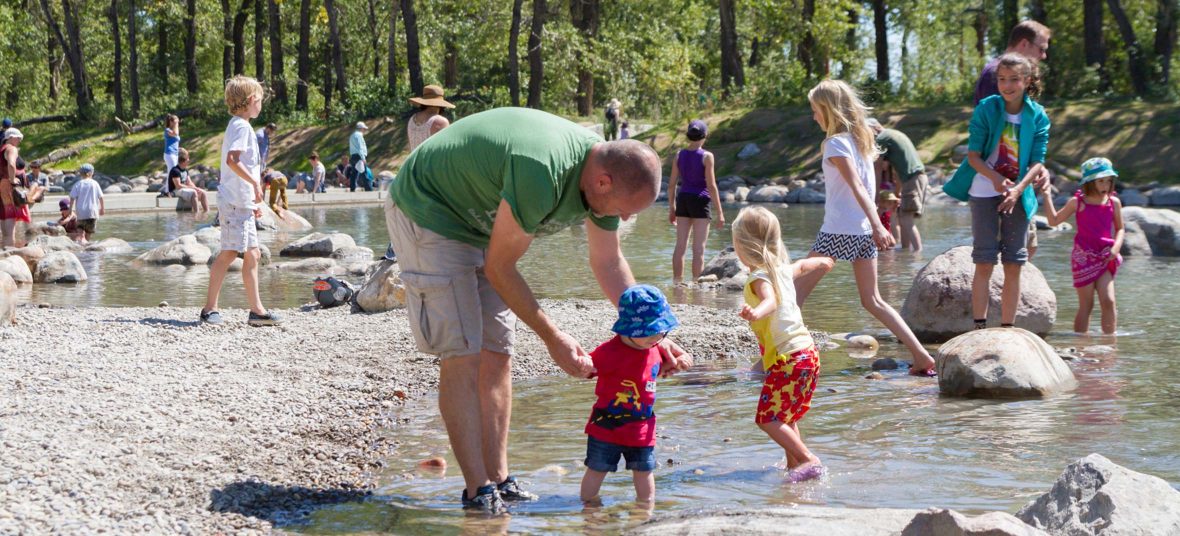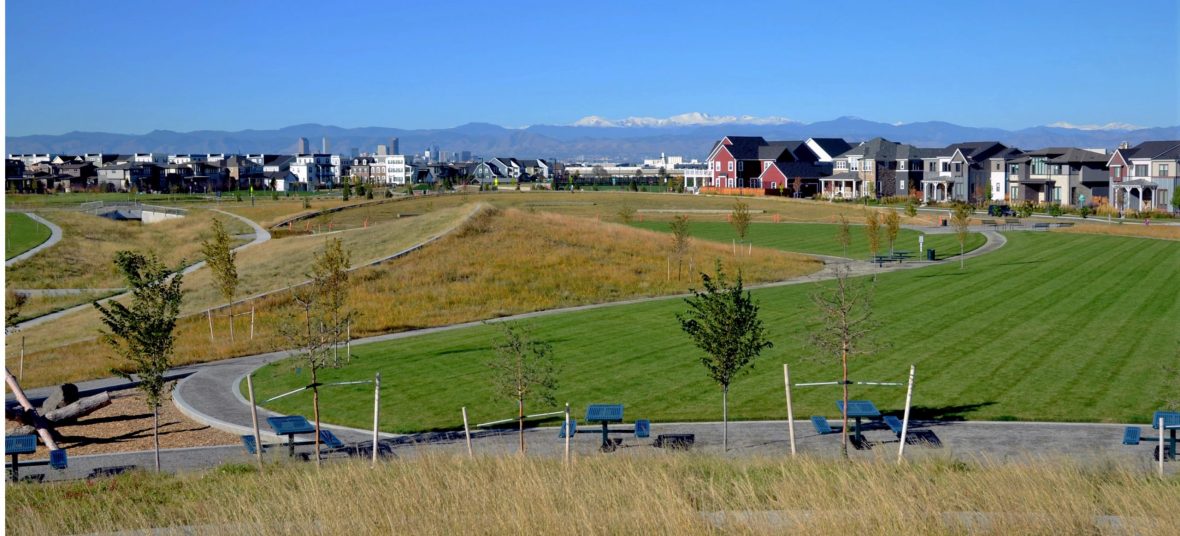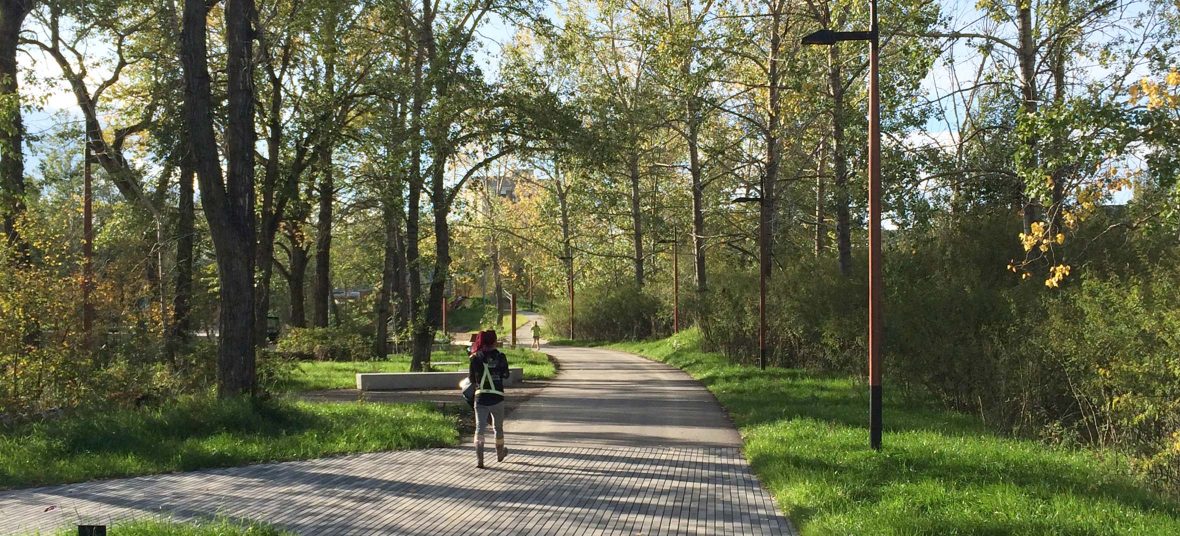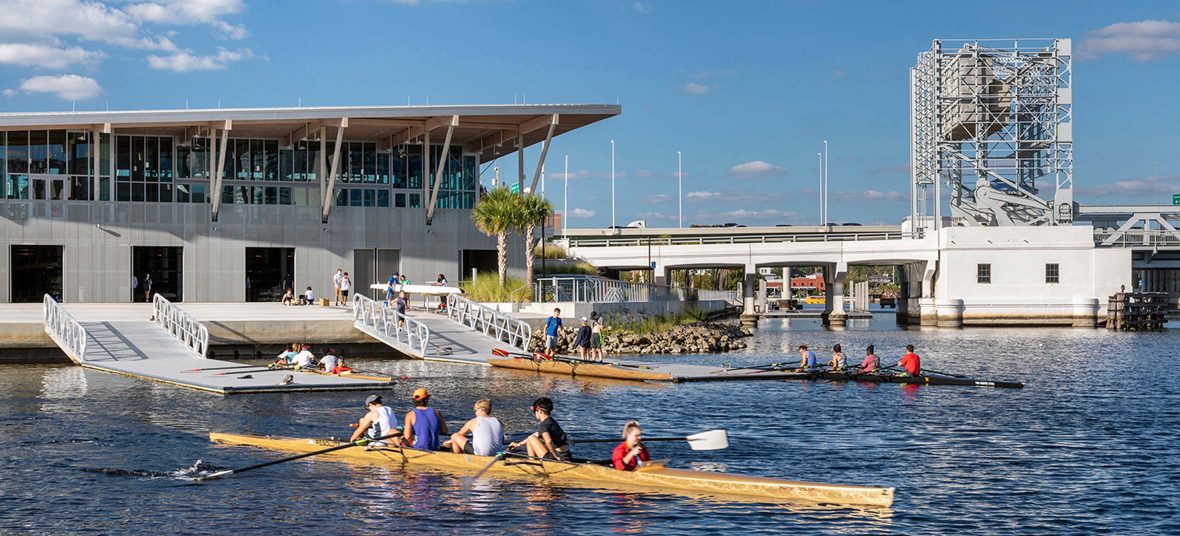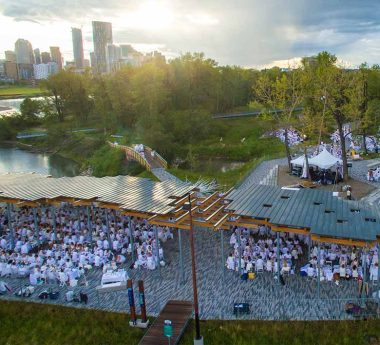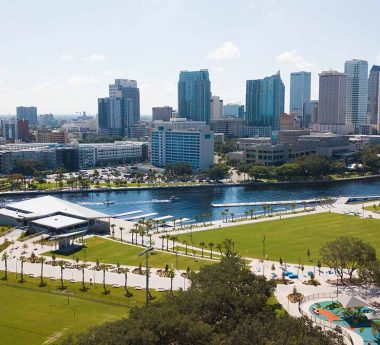It can be hard to wrap your head around the fact that 35 states and 112.8 million people in the U.S. are experiencing moderate drought, or worse, according to the National Integrated Drought Information System (NIDIS), a division of NOAA.
In Colorado it’s even worse: at the time of writing, 82.9% of the state is experiencing moderate drought; and more than one-third of Colorado – 33.5% – is experiencing severe drought.
Due to overall trends in warming temperatures, snowpack and surface water levels are low, river flow is reduced, and wildfires increase with an extended fire season. 2020 was the worst fire season Colorado has ever experienced. And unfortunately, “Colorado isn’t getting enough snow to fully recover drought-stricken rivers and reservoirs,” according to a recent report from the Greeley Tribune. In 2021, “the federal government officially declared the first-ever water shortage in the Colorado River basin,” as Colorado Public Radio explained in August. “The shortage was triggered because water levels in Lake Mead on the Nevada-Arizona border, the largest reservoir in the U.S., are projected to drop so low that it can’t meet the water and energy demands of communities in the West.”
We are residents of the Colorado River’s upper basin, so our water shortages directly impact the lower basin’s shortages. When Dove Creek, Colorado (almost) ran out of drinking water last year as a result of this two-decade drought, it was yet another signal that all of this is real. Any of our towns could run out of water. These are dramatic realities, yet the point is not to be doom-and-gloom about our future, but to illuminate the opportunity that we have to raise awareness and understanding, and to promote change.
Where we live – in Denver, in Colorado, in the drought-stricken Western U.S. – has impacted the way we work. We know, understand and respect water. We have to.
As these statistics suggest, landscape design cannot focus solely on the land and the plants that inhabit it. This integrated system of ecology deserves an integrated design approach, and water must be a central part of that—and it’s not just about reducing water consumption and improving conservation. Our work must also contribute to making water cleaner and healthier so that the people, plants, soils, animals and insects that rely on it can be healthier too. Slowly but surely, this contributes to a stronger, more stable ecosystem. And based on all of these record-setting (and worsening) droughts and fires, wouldn’t some stability be nice?
Here are a few examples of the ways we’ve been working, in Colorado and beyond, to address this water crisis:
